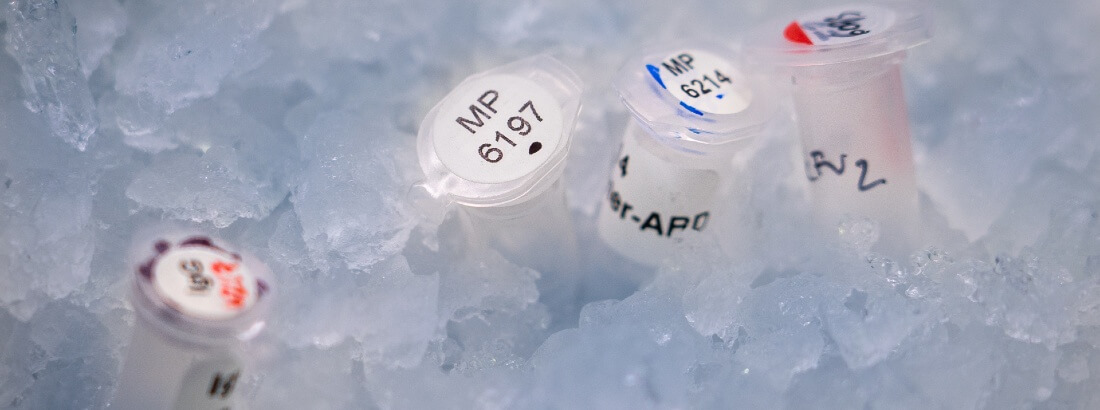Scientific fields

The Novo Nordisk Foundation Center for Vaccines and Immunity (NCVI's) scientific program is structured as an integrated research effort that connects four major thematic areas: Airway Immunity, Vaccine Platforms, Airway Delivery and Respiratory Pathogens.
Within each area, NCVI has well-defined scientific and translational goals. These goals converge at the primary translational output: the development of innovative vaccines targeting our three priority respiratory pathogens.

1. Airway Immunity
Goal: To enhance our understanding of airway immunity, its interaction with systemic immunity, and the mechanisms that govern immunological memory against respiratory pathogens.
Approach: We aim to become a leading institution in the analysis of airway immune responses by developing novel model systems, improved clinical sampling techniques in humans, and advanced immunological assays. These tools will enable us to gain better insights into host responses within the airways, shedding light on both host-pathogen interactions and vaccine efficacy.

2. Vaccine platforms
Goal: To establish a diverse portfolio of state-of-the-art vaccine platforms.
Approach: Different vaccine platforms have unique qualities in terms of the type and strength of immune responses they induce, along with differing safety and logistical considerations. At NCVI we are actively building a portfolio of vaccine platforms through both in-house development and external partnerships. These platforms include the most promising vaccine technologies, such as mRNA, viral vectors, adjuvants, and nanoparticle-based approaches. We plan to systematically compare these platforms in head-to-head studies to better understand their immunological profiles. This will inform the decisions of which platforms to apply to specific vaccination challenges.

3. Airway delivery
Goal: To develop vaccine formulations designed for airway delivery and assess their impact on local immunity.
Approach: Directly administering vaccines to the airway through intranasal or intrapulmonary routes has the potential to not only trigger robust systemic immunity but also stimulate local immune responses within the respiratory tract. These local responses can position immune cells effectively to defend against pathogen infection and transmission. We are actively adapting and optimizing our vaccine technologies for airway delivery, combining them with various delivery devices and immunization schedules. Our aim is to induce the most potent and long-lasting immunity in the respiratory tract without compromising safety.

4. Respiratory pathogens
Goal: To improve the understanding of host-pathogen interactions and immunity against important respiratory pathogens.
Approach: We are establishing focused research programs for three pathogens: Mycobacterium tuberculosis (TB), Influenza virus and Group A Streptococcus (GAS). These pathogens are among the world’s most deadly respiratory pathogens and yet sufficiently efficacious vaccines are still not available. Each selected pathogen is considered not only a direct, major threat, but also a ‘prototype pathogen’ to better understand respiratory infectious diseases and how to prevent them using novel vaccine approaches. For each pathogen we investigate basic aspects of host-pathogen interactions, immune mechanisms, correlates of protection, antigen identification, and vaccine development.



